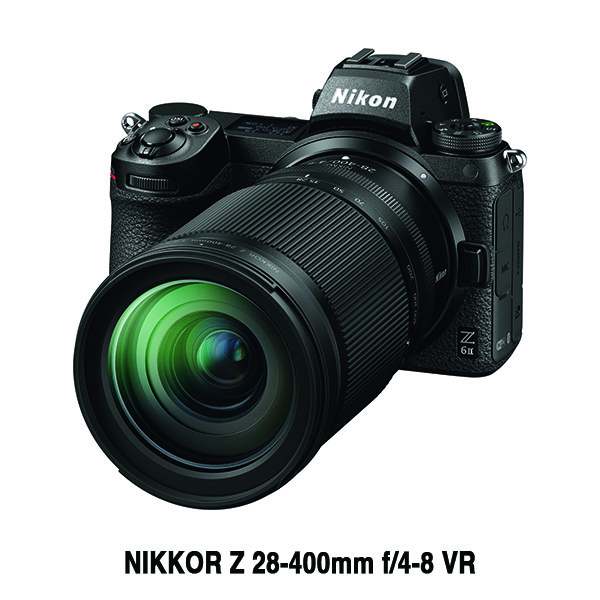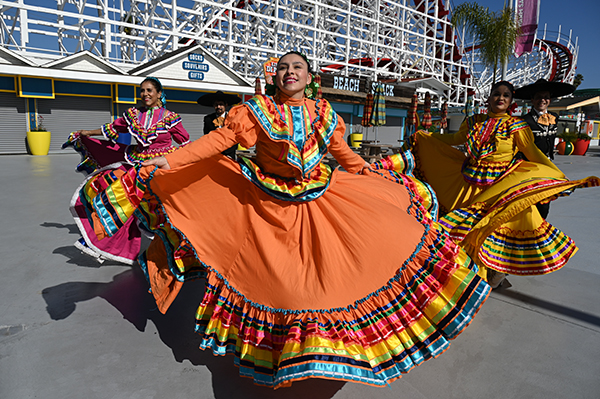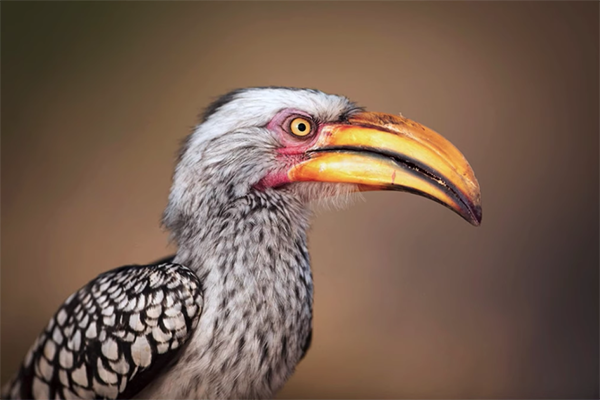Nikon Intros 28-400mm f/4-8 Zoom for Z Full-Frame
Nikon just announced a new Super Zoom, the NIKKOR Z 28-400mm f/4-8 VR, for Nikon Z series full-frame/FX-format mirrorless cameras. Boasting the highest zoom ratio in its class (14.28X) and a fast f/4 aperture at the 28mm end, it’s also the lightest in its class, weighing only 25.6 ounces (725g).
For expanded versatility, the new zoom focuses to 7.8 inches (0.2m) at the maximum wideangle position and 3.9 feet (1.2m) at the maximum telephoto position. Additionally, the NIKKOR Z 28-400 f/4-8 VR features VR (Vibration Reduction technology equivalent to 5.0 stops efficacy.
The subject of widespread rumors (as many popular Nikon products have been), the new NIKKOR Z 28-400 f/4-8 VR is very compact, measuring just 5.57 inches (141.5mm). It also provides dust- and drip-resistance.

Optical design comprises 21 elements in 15 groups and includes four ED glass elements and three aspherical elements. Also, it features internal focusing. The VR image stabilization is equal to 5.0 stops of correction as measured in accordance with CIPA standards.

Price & Availability
The new NIKKOR Z 28-400mm f/4-8 VR lens is expected to ship in mid-April for $1299.95 (anticipated street price). For more information about Nikon products visit Nikonusa.com and connect with Nikon on Facebook, X (Twitter), YouTube, Instagram, TikTok, Vimeo and Flickr.
∞ Shutterbug Staff









